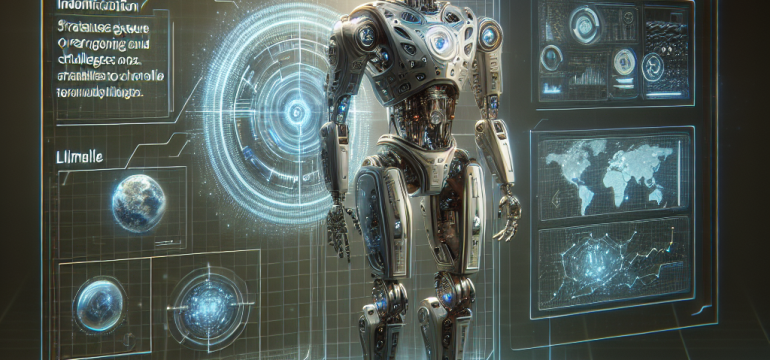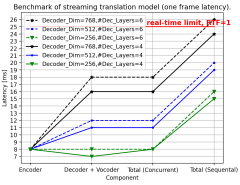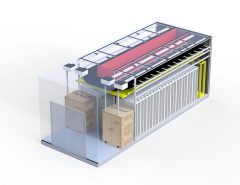GraphSense
Elevator Pitch: Imagine a world where robots can think ahead, navigating and completing tasks with the foresight of a human. GraphSense makes this possible by enabling robots to anticipate the unknown, transforming the efficiency and reliability of robotic missions. Let’s lead the way in pioneering autonomous technologies that adapt, predict, and excel.
Concept
A robotics AI platform that leverages Belief Scene Graphs for enhanced task planning and execution in uncertain environments.
Objective
To provide a cutting-edge solution for robots to efficiently perform tasks in partially known environments by anticipating missing information through Belief Scene Graphs.
Solution
Using GraphSense, robots can intelligently add ‘blind nodes’ to their operational maps, allowing for strategic planning and execution of tasks by predicting unseen obstacles or objects based on learned expectations.
Revenue Model
Subscription-based access to the GraphSense platform for businesses and researchers, alongside custom solution development and consultancy services.
Target Market
Robotics manufacturers and developers, AI research institutions, and industries relying on automated tasks in dynamic environments (e.g., logistics, manufacturing, search and rescue operations).
Expansion Plan
Initially targeting the industrial robotics market, followed by expansion into consumer robotics and eventually integrating into smart city solutions for public service robots.
Potential Challenges
High initial R&D costs, competition from established robotics and AI firms, and the need for continuous dataset expansion and algorithm refinement.
Customer Problem
Current robotic systems struggle with task execution in environments not fully known or predictable, leading to inefficiencies or mission failure.
Regulatory and Ethical Issues
Compliance with data protection laws for information collected for 3D scene graphs, and ethical considerations in autonomous decision-making by robots.
Disruptiveness
GraphSense revolutionizes robotics task planning by introducing an adaptive, expectation-based approach, significantly reducing mission failure rates and enhancing robot autonomy.
Check out our related research summary: here.




Leave a Reply